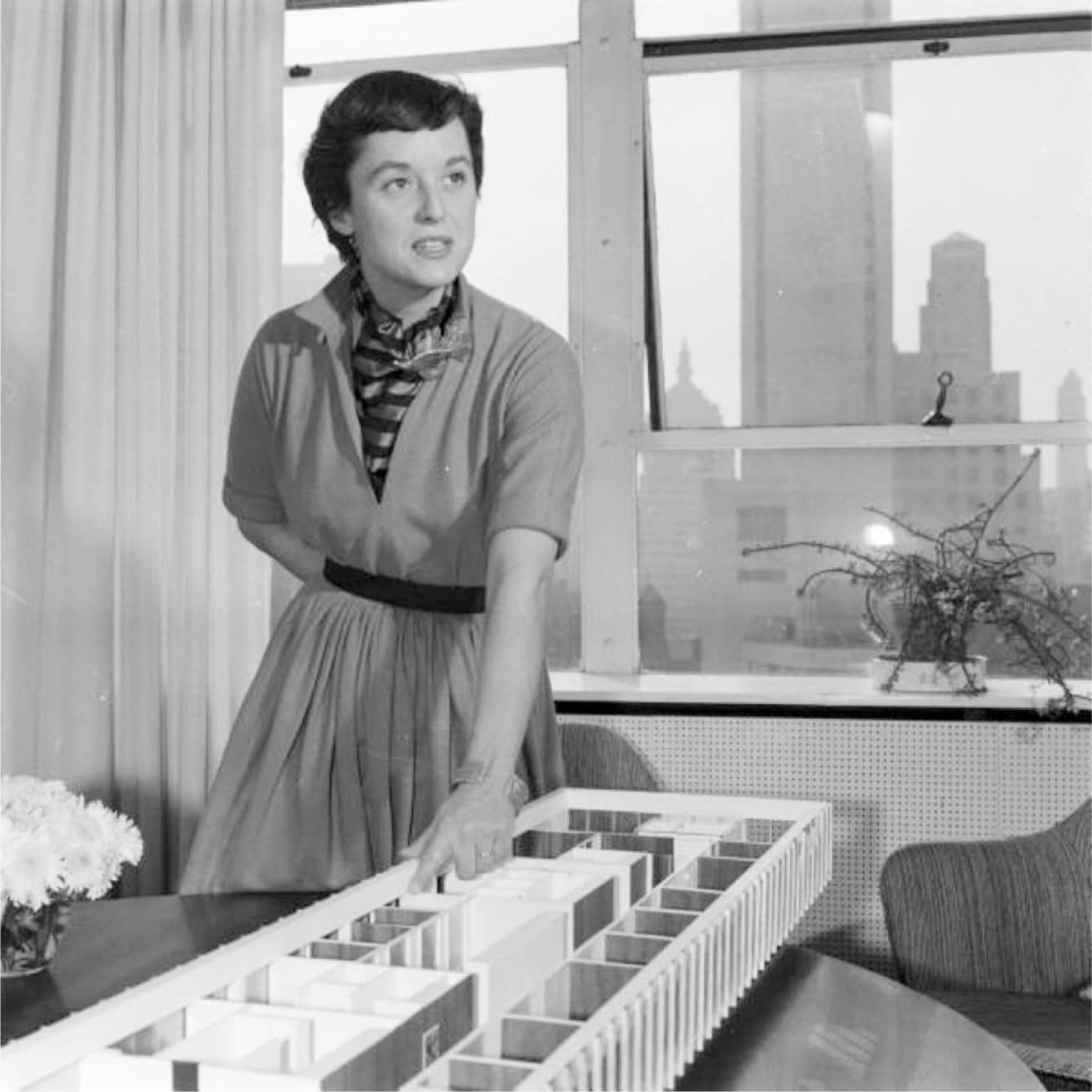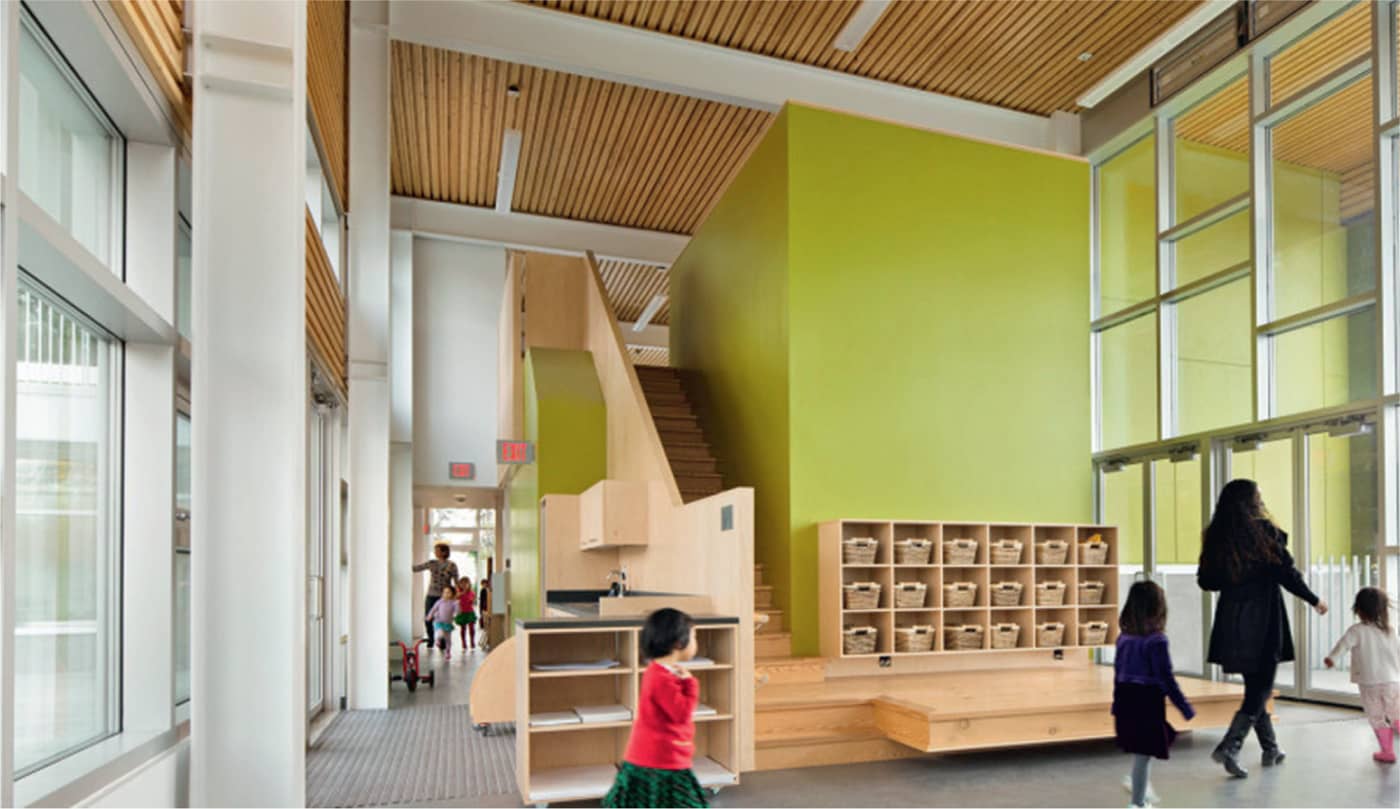70 Program
The definition of the needs and functions in a design.
Often referred to as the “predesign” phase of a project, determining the program is a crucial part of the design process. Whether for a large commercial project or a home kitchen renovation, this phase allows the designer to examine the functional performance, constraints, and opportunities of a project.
The program should clearly define what spaces, features, or attributes must be added to improve functionality, work together efficiently, meet the needs of the client, and begin to define an appropriate and compelling character for a space.
It is critical to the design process in order for the constraints, spatial adjacencies, and design objectives of a project to be clearly defined and documented. Throughout the project, the program should serve as a foundation for all who are involved to reference in subsequent phases.
The programming process can be broken down into three fundamental types of activities researching, analyzing, and documenting information. Within this framework, the process for determining the program can vary widely, depending on type and scope of project.
Research
 Collect plans and drawings.
Collect plans and drawings. Visit site with client.
Visit site with client. Report field observations.
Report field observations. Determine client organization and end users.
Determine client organization and end users. Review any building codes and zoning regulations.
Review any building codes and zoning regulations. Interview client representatives and end users.
Interview client representatives and end users. Compile information on client (mission, structure, goals).
Compile information on client (mission, structure, goals).
Analyze
 Analyze interview notes.
Analyze interview notes. Create diagrams of ideal spatial relationships.
Create diagrams of ideal spatial relationships. Determine occupancy counts and future projections, consultants, or other professionals needed.
Determine occupancy counts and future projections, consultants, or other professionals needed. Develop lists of type and quantity of spaces.
Develop lists of type and quantity of spaces. Define specific needs within each space (i.e., number of workstations, storage).
Define specific needs within each space (i.e., number of workstations, storage). List issues that need clarification or resolution.
List issues that need clarification or resolution.
Document
 Document client’s mission and project goals.
Document client’s mission and project goals. Summarize program for current needs and future growth.
Summarize program for current needs and future growth. Include meeting notes from interviews.
Include meeting notes from interviews. Obtain client approval on program and projections.
Obtain client approval on program and projections. Compile detailed
Compile detailed
report or brief, which is a written document that outlines programmatic goals and all functional, dimensional, and relational requirements.

In 1946, Florence Knoll founded the Planning Unit, an interior design service of H.G. Knoll Associates. Listed as the top two services were analysis of requirements for the project and “preparation of checklists of requirements of the plan with emphasis on flexibility and adaptation to present and future requirements.”

hmca Architecture + Design facilitated extensive workshops with the core user group—young children—during the programming phase of their design for the UniverCity Childcare Centre at Simon Frasier University, Burnaby, British Columbia. The resulting space addresses the needs (and heights) of its young occupants.
